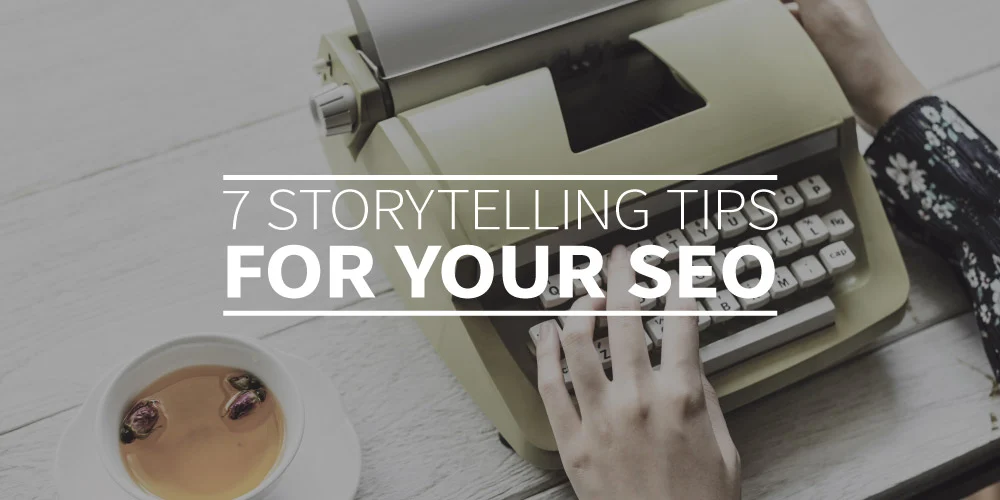Boost SEO Naturally with Storytelling Techniques
Storytelling isn’t just for novels, it’s a powerful tool that can naturally boost your SEO by engaging readers and keeping them on your page longer. When you master the techniques of storytelling to boost your SEO naturally, you draw readers in, make complex topics relatable, and encourage them to explore more of your content. Google’s Helpful Content Update favors pieces that are written for humans, with real value and context and storytelling delivers just that.
In this guide, you’ll learn practical story driven tactics that blend seamlessly with SEO best practices. We’ll cover narrative structures, audience empathy, real world examples, and how to weave SEO elements like keywords and formatting into your stories without losing authenticity. Let’s dive into a storytelling strategy that ranks and resonates.
Why Storytelling Equals Better SEO
Greater Emotional Engagement
Stories capture attention in a way straight facts can’t. Emotional engagement keeps readers on your page longer, reducing bounce rates and signaling value to search engines.
Improved Readability and Flow
Narrative arcs introduction, conflict, resolution guide readers naturally through content, making it easier to follow and digest. This improves dwell time and reader satisfaction.
Enhanced Trust and Authority
When you share real examples, personal insights, or case studies, you demonstrate experience and authenticity, which are key components of Google’s E‑E‑A‑T guidelines.
Techniques to Weave Storytelling into SEO Content
Start with a Relatable Hook
Your opening should connect emotionally. A short anecdote or surprising statistic can do the trick.
Use First-Person or Direct Scenarios
Introduce your story with “I” or “you” this draws readers in and makes them feel part of the narrative.
Include a Clear Narrative Structure
Organize content around a beginning (setup), middle (challenge), and end (solution).
Problem ➝ Resolution Flow
Even in how-to articles, present a problem readers face, then share your story of finding a solution. This journey keeps readers invested.
Use Vivid, Concrete Details
Details breathe life into your story. Visual descriptions, emotional reactions, and specific examples make your narrative more memorable.
Sensory Language
Include visual cues (“bright green dashboard”), feelings (“I felt a surge of pride”), or dialogue to help readers visualize the scene.
Tie Keywords Naturally into the Narrative
Your focus keyword Master the Techniques of Storytelling to Boost Your SEO Naturally can be embedded into your story without it sounding forced.
Keyword in Context
Example: “When I first learned to master storytelling techniques to boost SEO, I realized facts alone wouldn’t keep readers glued.”
Use Subheadings That Reflect Story Beats
Rather than generic titles, use subheadings that drive the story:
- H2: “The Day I Lost My Best Blog Post”
- H3: “What Went Wrong”
- H3: “How I Fixed It with a Story Based Rewrite”
This structure keeps readers oriented and improves SEO readability.
Add Real-Life Case Studies
A short case study can function like a mini story. Share specifics: who, what, and result.
Before-and-After Metrics
If you transformed a stale post, mention the click or engagement increase after applying storytelling.
End with a Strong, Purposeful Resolution
Wrap your narrative with a clear lesson or action step that ties back to topic and keyword.
Call to Action Through Story
Close with something your readers can do immediately: “Now you know how storytelling lifted my traffic imagine what it can do for you.”
Examples of Storytelling in SEO-friendly Formats
- Personal Blog Post: “How I improved my bounce rate by 40% using a single anecdote in my introduction.”
- How-To Guide: Start with your first attempt, what went wrong, then how a story based rewrite solved the issue.
- Listicle with Story Intros: Each list point begins with a mini story that ties into the benefit.
By weaving these short narratives into your SEO structure keywords, headings, bullet lists you stay optimized and engaging.
Best Practices When Storytelling for SEO
Keep It Concise and Relevant
Readers want value they don’t need full backstories. Trim any detail that doesn’t support your lesson or point.
Maintain Readability
Balance narrative with scannable formatting: bullet points, bold phrases, short paragraphs.
Support With Data
Add credibility to your story by including numbers or quotes from reputable sources. This improves trust and E-E-A-T.
Use a Consistent Brand Voice
Narrative tone should match your brand—professional, friendly, humorous so your storytelling style feels coherent across your site.
Read also: The Hidden Advantages of Crafting AI Content That Feels Human
Conclusion
Mastering storytelling techniques to boost your SEO naturally combines two powerful forces: human connection and search engine visibility. By weaving personal anecdotes, sensory details, clear narrative structure, and natural keyword integration into your content, you create more engaging, trustworthy, and memorable articles.
These storytelling tactics boost dwell time, reduce bounce, and meet Google’s user-focused quality criteria. Remember to support your stories with data, keep narratives concise, and optimize formatting for both readers and algorithms. When your content is authentic and reader-centered, SEO becomes a natural outcome not a forced tactic. As you practice, you’ll find your confidence growing and your rankings improving. Ready to write stories that hook readers and satisfy search engines? Begin with one short, powerful anecdote, then build on it with purpose and strategy. Your audience and your SEO will thank you.
FAQs
1. Can storytelling really improve SEO rankings?
Yes, it boosts engagement signals like dwell time and reduces bounce factors that influence search performance.
2. What’s the best way to start a story in SEO content?
Begin with a short, relevant anecdote or scenario that connects with audience pain points or curiosity.
3. How do I include keywords in storytelling without sounding forced?
Embed keywords naturally in sentences used to describe real experiences or lessons learned.
4. Is data needed when using storytelling for SEO?
Yes, supporting your narrative with credible data or metrics enhances authority and trustworthiness.
5. How long should SEO-storytelling sections be?
Keep narrative parts short three to five sentences just enough to engage before transitioning to how to or tips.







